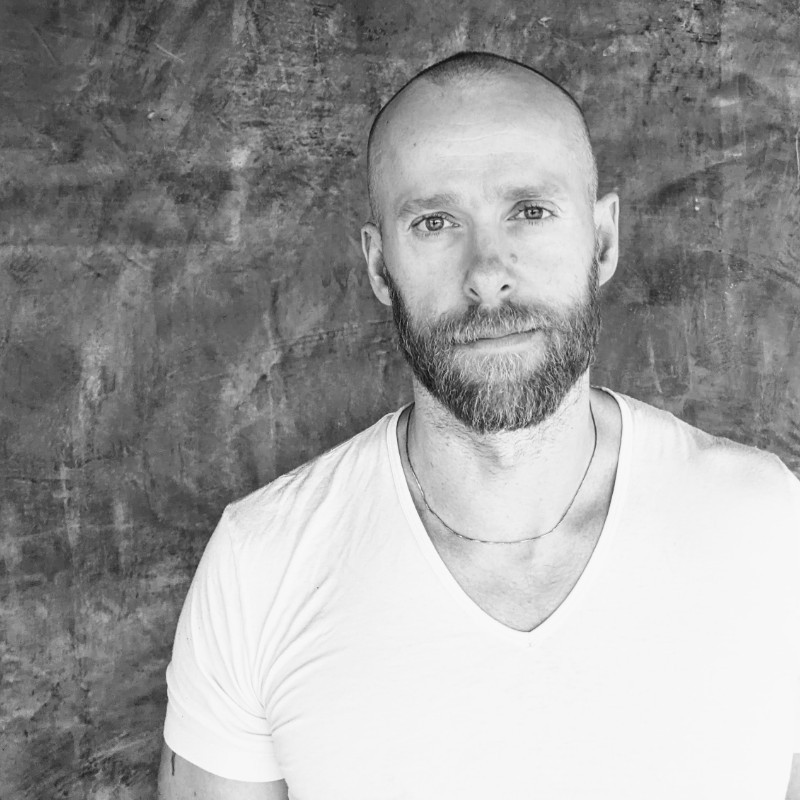Welcome to the second episode of Three Minute Marketing, where we do micro interviews with some of the world’s leading growth experts and condense it all into value bomb-style content. Today, I’m super-duper excited to have Peep Laja on the show.
He’s best known for CXL.com, which started as the top namesake CRO blog and evolved into an agency. He’s the ultimate entrepreneur and unicorn.
I modeled my question for him after a book called The One Big Thing by the guy that started Keller Williams Realty.
What is the one big thing that brands can do to make everything else easier (or even unnecessary) when it comes to conversion optimization?
Show Notes:
- A value proposition is a promise of value to be delivered.
- Most companies have poor value propositions that make them commodities rather than unique. Don’t choose a value proposition that everyone else is using (e.g., “We build WordPress websites” makes you a commodity.)
- Focus on positioning yourself in a unique way to solve problems that users are struggling with.
Bonus discussion after the recording:
- Ask yourself what you can do that others can’t easily replicate.
- Rather than describing yourself in a vanilla fashion, you can build a brand with a strong personality or something quirky about yourself.
- If you describe yourself by your job, you’re a commodity. For example, if you say you’re an SEO consultant, you become replaceable. But if you say you’re the best in the world, that’s hard to replace.
- Peep followed this branding approach to become the best in the world at CRO. He spoke at every conference and podcast. You couldn’t miss him.
- Write ten different value propositions and show them to your friends and family to find out what is best. If you have money, pay for a service like Wynter.com to get professional feedback from your ideal personas.
Transcript:
– Hello, everybody. Welcome to another episode of Three Minute Marketing, where we do micro interviews with some of the world’s leading growth experts, and condense it all into value, bomb-style content. Today I’m super duper excited to have Peep Laja on the show with me. Did I pronounce that right, Peep?
– No. Peep Laja.
– Sorry. Peep Laja. My apologies. But super excited to have to have Peep, I’ve been following him for a number of years. Never met personally, but I’ve bought pretty much everything that he’s attached his name to. He’s best known for conversionxl.com which I believe started as a blog and then kind of evolved to a consulting, and then an agency, and then a training, and then just kind of an ultimate entrepreneur, ultimate unicorn type of person. It’s sucks that it’s three minute marketing. I could go for hours probably with you, but I do have the question that I want and I’m going to model it after this book called The One Big Thing by the guy that started Keller Williams Realty. It’s a very demanding question, topes. I think he’s a unicorn but I think his deepest T area is in conversion. So here’s the question. And then you’ll have three minutes. What is the one big thing that brands can do, such that by doing so, would make everything else easier and/or unnecessary with regard to conversion, which we’re going to define as increasing the percentage of users, visits, eyeballs, whatever, that raise their hand and do a thing, make a call and make a purchase, whatever that is.
– My answer would be working on your value proposition. So the way I define value proposition is, value proposition is a promise of value to be delivered. So, if I’m on your website, what is it? What’s in it for me? What do I get? So, big problem that a lot of companies have is, one, they don’t have one. That they’re not making a value proposition, which is a big let-down especially on your key learning pages; your homepage, and any other learning page you might have. In e-commerce’s case might be a product page or a category page. Where am I? What can I do here? Why should I do it here instead of Amazon or other places? So, that, having a value proposition is to start. Now, when companies are communicating their value proposition, a big mistake is that it’s either not enough user centric. So like you talk about yourself; it’s like, “We are the specialists of WordPress hosting.” Or like, “We know perfumes.” Like, okay, I, nobody cares, what’s in it for me? Right? So, you make it, the user-focused value preposition. Two, a lot of companies speak about themselves as if they’re the only one doing what they’re doing. You know, it’s like, “We build WordPress websites.” Or, “We, you know, we send beautiful email newsletters.” Right.
– Like, there are so many companies doing the exact same thing.
– Yeah.
– And, for the most part, companies are comparing, sorry, the people are buying, comparing multiple options. In my 10 years of doing conversion optimization, as a consultant, not once did I come across the situation where the user was like, “Oh, it’s, I might, I’m buying from this company or nowhere else.” I mean, maybe Apple, it happens especially with Apple or Tesla, but everybody else, people are going to shop. So, if you are just like everybody else, and you are, if you are just describing yourself in a mundane, commonplace fashion, like I just do this. You’re describing yourself in terms of features, like, I do this, I sell this, you’re making yourself a commodity.
– Yap.
– And you’re going to lose business because somebody else is going to be cheaper, inevitably. So you don’t want to do that, if you’re the category leader, obviously, things are different, rules don’t apply to you. If you’re Salesforce or, you know, HubSpot, or Amazon, you don’t need to explain who you are. But if you’re not Shopify, you need to explain why do business with you and not somebody else. So, differentiation is huge here.
– So we got about 30 seconds left. So how does one do that? How does one craft a good value prop?
– What is the desired end, desired gain the user wants to get, or what is the pain they want to avoid? Focus on that, and then explain how you are uniquely positioned to solve this problem in the best possible way for this well-defined end customer.
– 100%. Okay. We’re at time. That was beautiful. You guys heard it first, the value prop. Thank you very much. We’re going to continue. Whoops. We’re going to continue this conversation. You can find a link to the show notes, tope, sorry, Peep, my bad. Let people know how they can find you, and what you’re working on these days.
– You can find me on LinkedIn and Twitter. I’m very active, posting daily. Controversial stuff mostly. Also check out my work; wynter.com and cxl.com. Wynter with a Y.
Featuring:

Peep LajaEntrepreneur

Chris MechanicCEO & Co-Founder
Podcasts Info:
Categories:
MarketingNews + Business
Most newsletters suck...
So while we technically have to call this a daily newsletter so people know what it is, it's anything but.
You won't find any 'industry standards' or 'guru best practices' here - only the real stuff that actually moves the needle.






